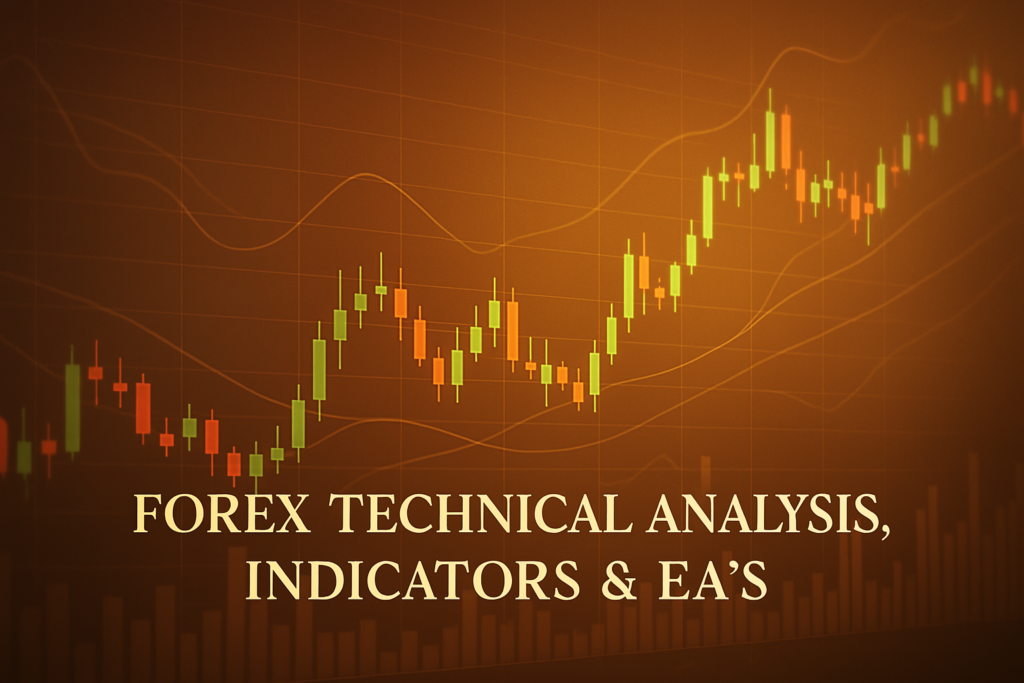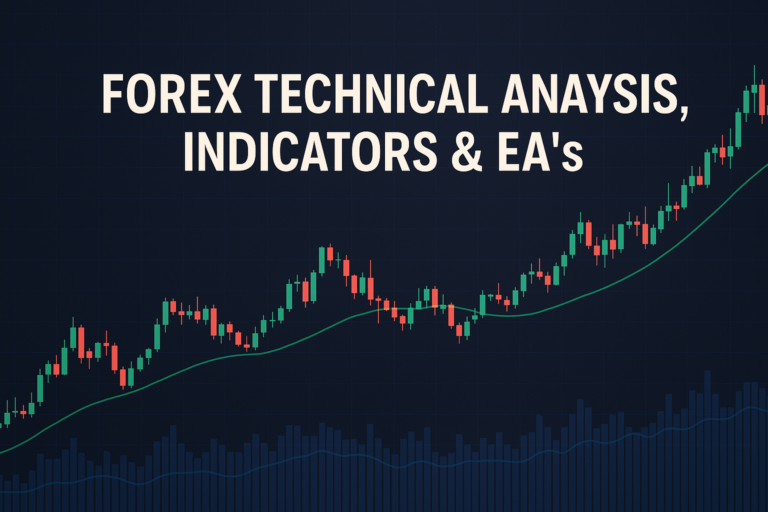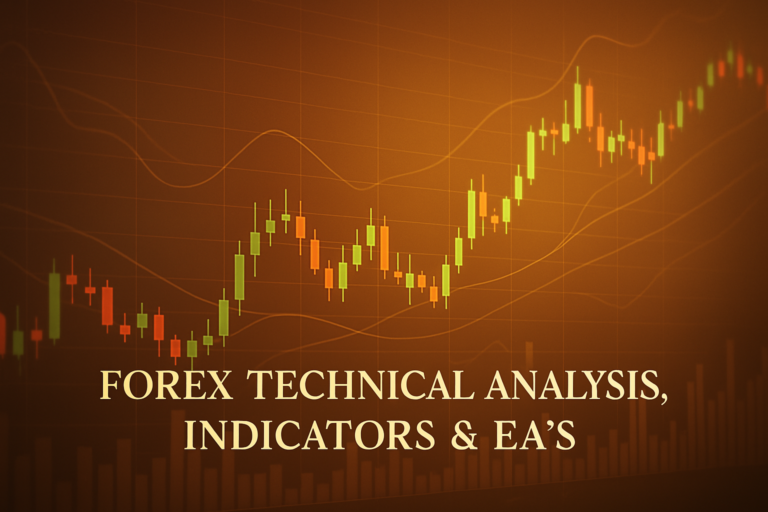
The 50 day simple moving average is a key indicator in Forex trading, helping traders identify trends and make informed decisions.
The 50 day simple moving average (SMA) is a popular tool in Forex trading. It helps traders make sense of price movements over time. By averaging the closing prices of a currency pair for the last 50 days, it provides a clearer picture of trends. This makes it easier for traders, both beginners and professionals, to decide when to buy or sell.
However, many traders struggle with the 50 day simple moving average. They may not understand how to apply it correctly or misinterpret its signals. This can lead to missed opportunities or losses. Knowing how to use the 50 day simple moving average can significantly improve trading results. Understanding this tool is essential for anyone looking to succeed in Forex trading.
This article will guide you through the ins and outs of the 50 day simple moving average, its history, advantages, disadvantages, and various trading strategies.
If you’re looking for the best forex broker in India, it’s vital to choose one that provides excellent support and tools for your trading journey.
What is a 50 Day Simple Moving Average?
The 50 day simple moving average is a method for smoothing out price data. Think of it as a way to filter out the daily noise in the market. By averaging the last 50 days of closing prices, traders can see the overall direction of a currency pair. For example, if the 50 day SMA is rising, it suggests that the currency pair has been strengthening over the past few months.
Types of 50 Day Simple Moving Average
There are different types of moving averages. The most common ones include:
- Simple Moving Average (SMA): This is the basic type, averaging prices over a specific period.
- Exponential Moving Average (EMA): This gives more weight to recent prices, making it more responsive to changes.
- Weighted Moving Average (WMA): Similar to the EMA, but uses a different method to calculate weights.
How 50 Day Simple Moving Average Smooths Out Price Action
The 50 day simple moving average smooths out price action by averaging fluctuations. This means that instead of seeing wild price swings, traders can observe a more stable line on the chart. Imagine looking at a river. If you only focus on the splashes, you miss the overall flow. The 50 day SMA shows you that flow, making it easier to spot trends.
Common Periods Used and Why
While the 50 day simple moving average is popular, traders also use other periods, like 20 days or 200 days. Each serves a different purpose. Shorter periods, like 20 days, show quicker trends, while longer periods, like 200 days, provide a broader view. The 50 day SMA strikes a balance, making it ideal for many traders.
The History of 50 Day Simple Moving Average: How It Became Popular
Origin of 50 Day Simple Moving Average
The concept of moving averages has been around for a long time. It was developed in the early 20th century to help traders identify trends. The 50 day simple moving average became popular because it was easy to calculate and understand. Traders found it to be a reliable tool for decision-making.
When Did Traders Start Using It Widely?
By the 1980s, the 50 day simple moving average gained traction among traders. As technology advanced, more traders began using charts and technical analysis. The 50 day SMA became a standard tool in their trading toolbox.
Real-Life Stories
Many professional traders have credited their success to the 50 day simple moving average. For example, a trader once spotted a bullish trend using the 50 day SMA. They decided to invest heavily, and within months, they turned a modest investment into a significant profit. This story highlights the potential of using the 50 day SMA effectively.
Advantages and Disadvantages of 50 Day Simple Moving Average
Advantages:
- Helps Identify Trends Easily: The 50 day simple moving average makes it simple to spot upward or downward trends.
- Useful for Dynamic Support and Resistance: Traders can use the SMA to identify potential support and resistance levels.
- Works Well for Crossover Strategies: It can be combined with other moving averages for crossover strategies to signal buy/sell opportunities.
Disadvantages:
- lags Behind Price Movements: Since it relies on past data, the 50 day SMA can lag behind current price movements.
- Can Give False Signals in Sideways Markets: In a consolidating market, it may provide misleading signals as prices fluctuate.
How to Apply 50 Day Simple Moving Average on MT4 & MT5
Step-by-Step Guide to Adding 50 Day Simple Moving Average on Charts
To add the 50 day simple moving average on MT4 or MT5, follow these steps:
- Open your trading platform and select the currency pair you want to analyze.
- Click on “Insert” from the top menu, then go to “Indicators” and select “Trend.”
- Choose “Moving Average” and set the period to 50.
Customizing 50 Day Simple Moving Average Settings
You can customize the 50 day simple moving average settings to fit your preferences. Change the color, style, and type of average (SMA, EMA, etc.) to make it more visible on your chart. This helps in quickly identifying the trend.
Saving Templates for Easy Application
Once you customize your 50 day simple moving average, save it as a template. This way, you can apply it easily to other charts in the future. Click on “Template” in the top menu, then select “Save Template.”
5 to 7 Trading Strategies Using Only 50 Day Simple Moving Average
All Time Frame Strategy (M5 to D1)
This strategy works across different time frames. When the price crosses above the 50 day SMA, consider it a buy signal. Conversely, when the price crosses below, it’s a sell signal. For instance, if you see the price moving above the SMA on a 1-hour chart, it may be a good time to buy.
Trending Strategies
In a trending market, use the 50 day simple moving average to confirm the trend. If the price is above the SMA, look for buying opportunities. If it’s below, look for selling opportunities. This helps you stay in line with the market direction.
Counter Trade Strategies
In this strategy, you look for reversals. If the price moves significantly away from the 50 day SMA, it may come back to retest it. For example, if the price has risen quickly above the SMA, consider selling as it may drop back to it.
Swing Trade Strategies
Swing traders can use the 50 day simple moving average for entry points. If the price bounces off the SMA, it can indicate a potential reversal. This can give you a good entry point for a buy trade.
5 to 7 Trading Strategies Combining 50 Day Simple Moving Average with Other Indicators
All Time Frame Strategy (M5 to D1)
Combine the 50 day simple moving average with the Relative Strength Index (RSI). When the RSI is below 30 and the price is above the SMA, it may signal a buying opportunity. For example, if the RSI is at 25 and the price is above the SMA, consider entering a buy position.
Trending Strategies
Use the 50 day simple moving average with MACD (Moving Average Convergence Divergence). If the MACD line crosses above the signal line while the price is above the SMA, it’s a strong buy signal.
Counter Trade Strategies
For counter trades, combine the 50 day simple moving average with Bollinger Bands. If the price touches the upper band while above the SMA, consider selling. This indicates a potential reversal.
Swing Trade Strategies
Using the 50 day simple moving average with Stochastic Oscillator can be effective. If the Stochastic is oversold and the price is bouncing off the SMA, it could be an excellent time to buy.
If you’re experiencing issues like Mouse Scroll Not Zooming Properly, it may impact your trading experience.
Top 10 FAQs About 50 Day Simple Moving Average
1. What is the purpose of the 50 day simple moving average?
The 50 day simple moving average helps traders identify trends by smoothing out price fluctuations. It provides a clearer view of the market direction.
2. How is the 50 day simple moving average calculated?
It is calculated by adding the closing prices of the last 50 days and dividing that sum by 50.
3. Can the 50 day simple moving average predict price movements?
While it can indicate trends, it cannot predict price movements with certainty. It’s best used in conjunction with other indicators.
4. How often should I check the 50 day simple moving average?
It depends on your trading strategy. Day traders may check it multiple times a day, while long-term investors might review it weekly or monthly.
5. What markets is the 50 day simple moving average used in?
It is used in various markets, including Forex, stocks, commodities, and cryptocurrencies.
6. Is the 50 day simple moving average suitable for beginners?
Yes, it is a straightforward tool that helps beginners understand market trends. However, it’s essential to combine it with other strategies.
7. How can I avoid false signals when using the 50 day simple moving average?
To avoid false signals, combine the 50 day SMA with other indicators like RSI or MACD for confirmation before making trades.
8. Can I use the 50 day simple moving average in sideways markets?
While it can still provide insights, it may give more false signals in sideways markets. Use additional indicators for better clarity.
9. What is the best timeframe for using the 50 day simple moving average?
The 50 day simple moving average works well across various timeframes, from M5 to D1, depending on your trading style.
10. Should I rely solely on the 50 day simple moving average for trading decisions?
No, it is best to use it in combination with other tools and analysis methods for a more accurate trading strategy.
Conclusion
In summary, the 50 day simple moving average is a vital tool for Forex traders. It helps identify trends, supports trading strategies, and provides valuable insights into market movements. Understanding how to use the 50 day simple moving average effectively can improve trading decisions and outcomes.
As you explore this tool, remember to test strategies using a demo account before risking real money. This way, you can gain confidence and refine your approach. Happy trading!
To deepen your understanding of forex trading, consider exploring resources like MQL5, DailyFX
Expand Your Knowledge
- 📌 Forex Trading Learning Road Map
- 📌 Forex Trading Course with no Fees
- 📌 Forex Trading Issues, Problems, and Solutions
- 📌 Forex Daily Forecast & Live Updates
- 📌 Forex Fundamental & News Analysis: Tomorrow’s Market Movers & Trade Opportunities
- 📌 Forex Education Hub: Learn & Profit
- 📌 Forex Technical Analysis, Indicators & EA’s
Start Trading Today
Ready to take your forex trading to the next level? Open an account with Exness, one of the most trusted platforms in the industry. 👉 Sign Up Now and trade with confidence!
My recommended broker stands out with ultra-low spreads for beginners, instant withdrawals, and zero spread accounts for pro traders.
Trusted since 2008, lightning-fast execution, no hidden fees, and a secure, transparent trading environment—giving you the edge you need to succeed. 🚀
YouTube Video Library: Related Videos
Note: The video above is embedded from YouTube and is the property of its original creator. We do not own or take responsibility for the content or opinions expressed in the video.



